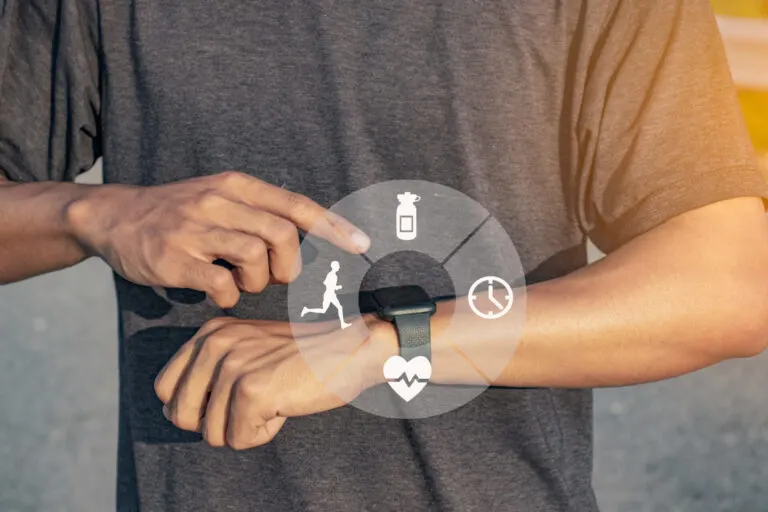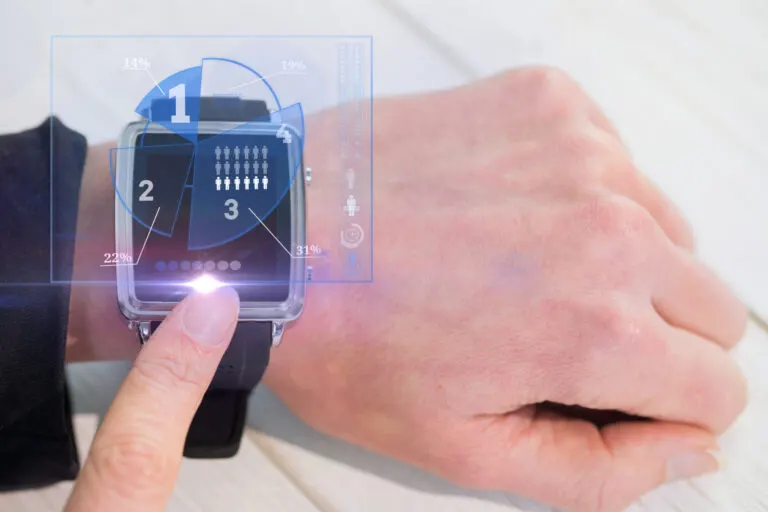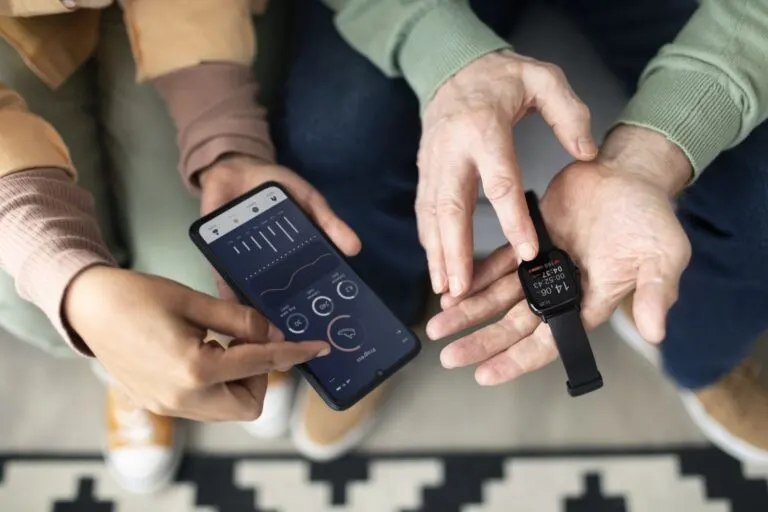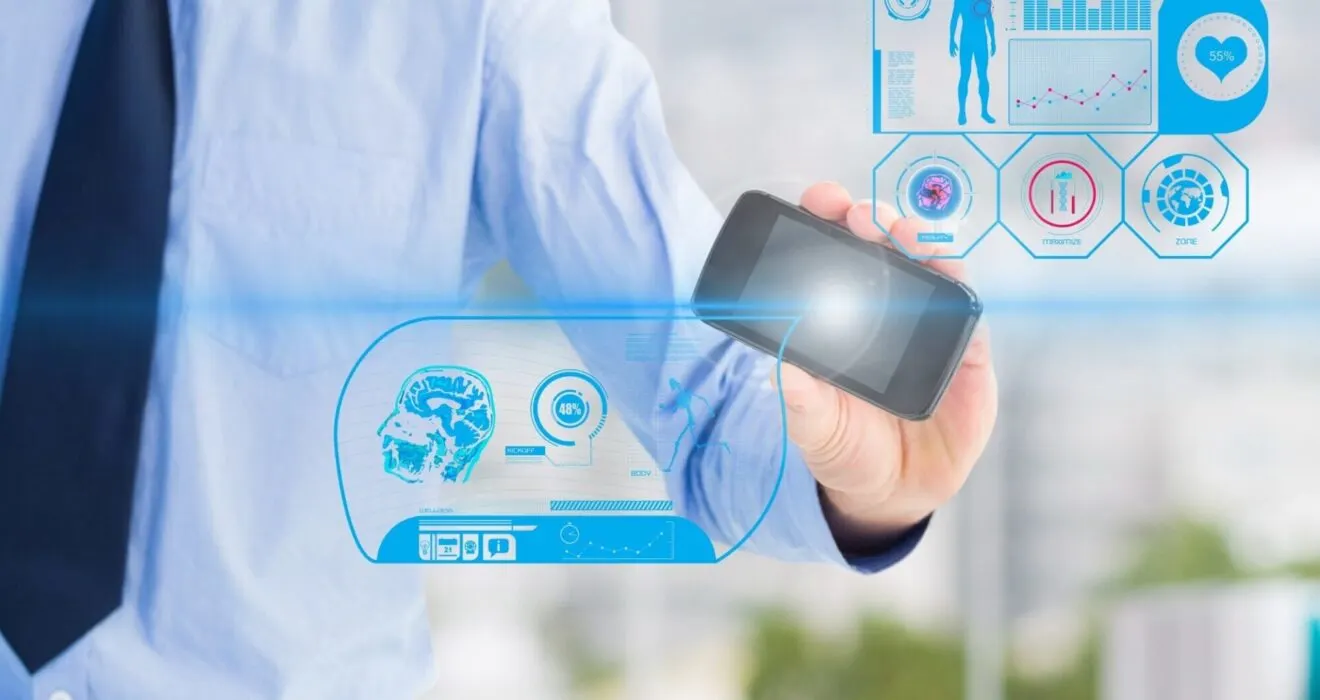The Future of Wearables in Healthcare
1. Introduction to Wearables in Healthcare
Wearables in healthcare are like your trusty sidekick, keeping an eye on your health while you go about your day. These nifty devices are designed to monitor and track various health metrics, making it easier for both patients and healthcare providers to stay in the know. With advancements in IT consulting, cybersecurity, and cloud computing, wearables are now more secure and efficient than ever. IT services and software development play a crucial role in integrating these devices with healthcare systems, ensuring seamless data management. Additionally, managed IT services and network security help protect sensitive health information, while IT support ensures smooth operation. As data collection grows, data security and IT solutions become essential in safeguarding patient information, making healthcare wearables a reliable and secure technology for modern medical needs.
1.1 Definition of Wearables in Healthcare
Wearables in healthcare are basically your personal health assistant in the form of devices you wear on your body. They can range from smartwatches and fitness trackers to more advanced gadgets that monitor everything from heart rate to blood glucose levels.
1.2 Evolution of Wearable Technology in Healthcare
From simple step counters to sophisticated health monitors, wearable technology in healthcare has come a long way. These devices have evolved to provide more comprehensive data and insights, revolutionizing how we manage our health on a day-to-day basis.

2. Current Applications of Wearables in Healthcare
Think of wearables as your health buddy that never leaves your side. These devices are currently being used to monitor and track health metrics in real-time, giving patients and healthcare professionals a better understanding of individual health status. With advancements in IT consulting, cybersecurity, and cloud computing, wearable technology is becoming more secure and efficient. IT services and software development help integrate these devices with healthcare systems for seamless data access. Additionally, managed IT services and network security play a crucial role in protecting sensitive health data, while IT support ensures these devices function smoothly. As real-time health data collection increases, data security and IT solutions are essential in safeguarding patient information, making wearables a trusted tool in modern healthcare.

2.1 Monitoring and Tracking Health Metrics
Wearables excel at giving you a sneak peek into what’s going on inside your body. They can track things like heart rate, activity levels, sleep patterns, and even stress levels, providing valuable data for making informed health decisions.
2.2 Chronic Disease Management with Wearables
For those dealing with chronic conditions like diabetes or heart disease, wearables can be a game-changer. These devices help patients manage their conditions more effectively by continuously monitoring vital signs and alerting them to any concerning changes.
3. Advancements in Wearable Technology for Healthcare
With technology constantly pushing boundaries, wearables in healthcare are getting smarter and more sophisticated. From integrating AI and machine learning to using biosensors for continuous monitoring, the future of healthcare wearables is looking bright. Innovations in IT consulting, cybersecurity, and cloud computing are enhancing the security and efficiency of these devices. IT services and software development help create seamless integrations with healthcare systems, ensuring real-time data access. Additionally, managed IT services and network security play a crucial role in protecting sensitive patient information, while IT support ensures these devices operate smoothly. As data collection grows, data security and IT solutions become essential in safeguarding health information, making wearables a vital part of the evolving healthcare landscape.
3.1 Integration of AI and Machine Learning
By teaming up with artificial intelligence and machine learning, wearables can analyze vast amounts of health data to provide personalized insights and recommendations. This collaboration not only enhances the accuracy of monitoring but also improves health outcomes.
3.2 Biosensors and Continuous Monitoring Devices
Thanks to biosensors and continuous monitoring devices, wearables can now keep a constant eye on your health status. These innovative technologies allow for real-time tracking of vital signs, making it easier to detect any changes or abnormalities early on.

4. Benefits and Challenges of Wearables in Healthcare
While wearables offer a plethora of advantages in healthcare, they also come with their own set of challenges. From boosting patient engagement to addressing data privacy concerns, finding the right balance is key to maximizing the potential of these devices. Advancements in IT consulting, cybersecurity, and cloud computing are helping to enhance the security and efficiency of wearable technology. IT services and software development enable seamless integration with healthcare systems, ensuring real-time data accessibility. Additionally, managed IT services and network security play a crucial role in protecting sensitive patient data, while IT support ensures the smooth functioning of these devices. With increasing data collection, data security and IT solutions become essential in maintaining privacy and compliance, making wearables a more reliable and secure option in modern healthcare.
4.1 Improving Patient Engagement and Adherence
Wearables have the power to make healthcare more engaging and interactive for patients. By providing real-time feedback and insights, these devices can motivate individuals to take charge of their health and adhere to treatment plans more effectively.
4.2 Data Privacy and Security Concerns
As with any technology that deals with sensitive health information, wearables raise valid concerns about data privacy and security. Ensuring that personal health data is protected and used responsibly is crucial to building trust among users and healthcare providers alike.
-
Future Trends and Opportunities in Wearables for Healthcare Wearable technology has made significant strides in the healthcare sector, offering promising advancements that could revolutionize the way we monitor and manage our well-being. From smartwatches that track our heart rate to fitness bands that monitor our daily activities, the future of wearables in healthcare is looking brighter than ever.
-
Personalized Healthcare Solutions One exciting trend in wearables for healthcare is the development of personalized solutions tailored to individual needs. Imagine a world where your wearable device not only tracks your steps and calories but also provides customized health recommendations based on your unique health profile. This personalized approach could lead to more effective interventions and better health outcomes for users.
-
Telemedicine and Remote Monitoring Another key opportunity that wearables bring to healthcare is the ability to facilitate telemedicine and remote monitoring. With the rise of telehealth services, wearable devices can play a crucial role in connecting patients with healthcare providers virtually. From monitoring vital signs in real-time to tracking chronic conditions, wearables can bridge the gap between patients and healthcare professionals, making healthcare more accessible and convenient for everyone.In conclusion, the future of wearables in healthcare holds immense potential for transforming patient outcomes, enhancing disease management, and revolutionizing the way healthcare is delivered. With ongoing advancements in technology and a growing emphasis on personalized healthcare solutions, the integration of wearables is set to continue shaping the healthcare landscape. As we navigate the benefits and challenges of these devices, it is clear that wearables will play an increasingly vital role in the future of healthcare, paving the way for innovative approaches to monitoring, treatment, and patient engagement.



